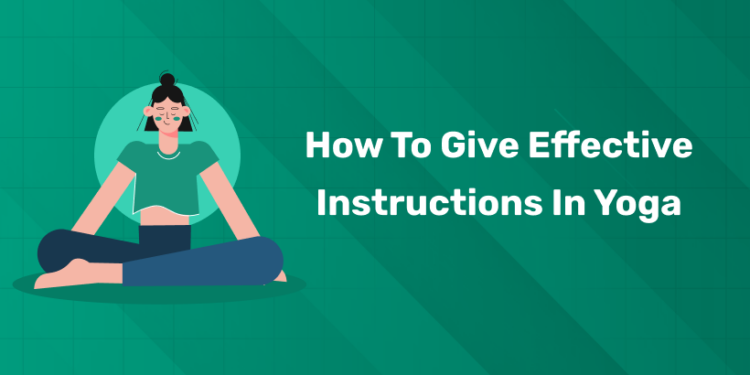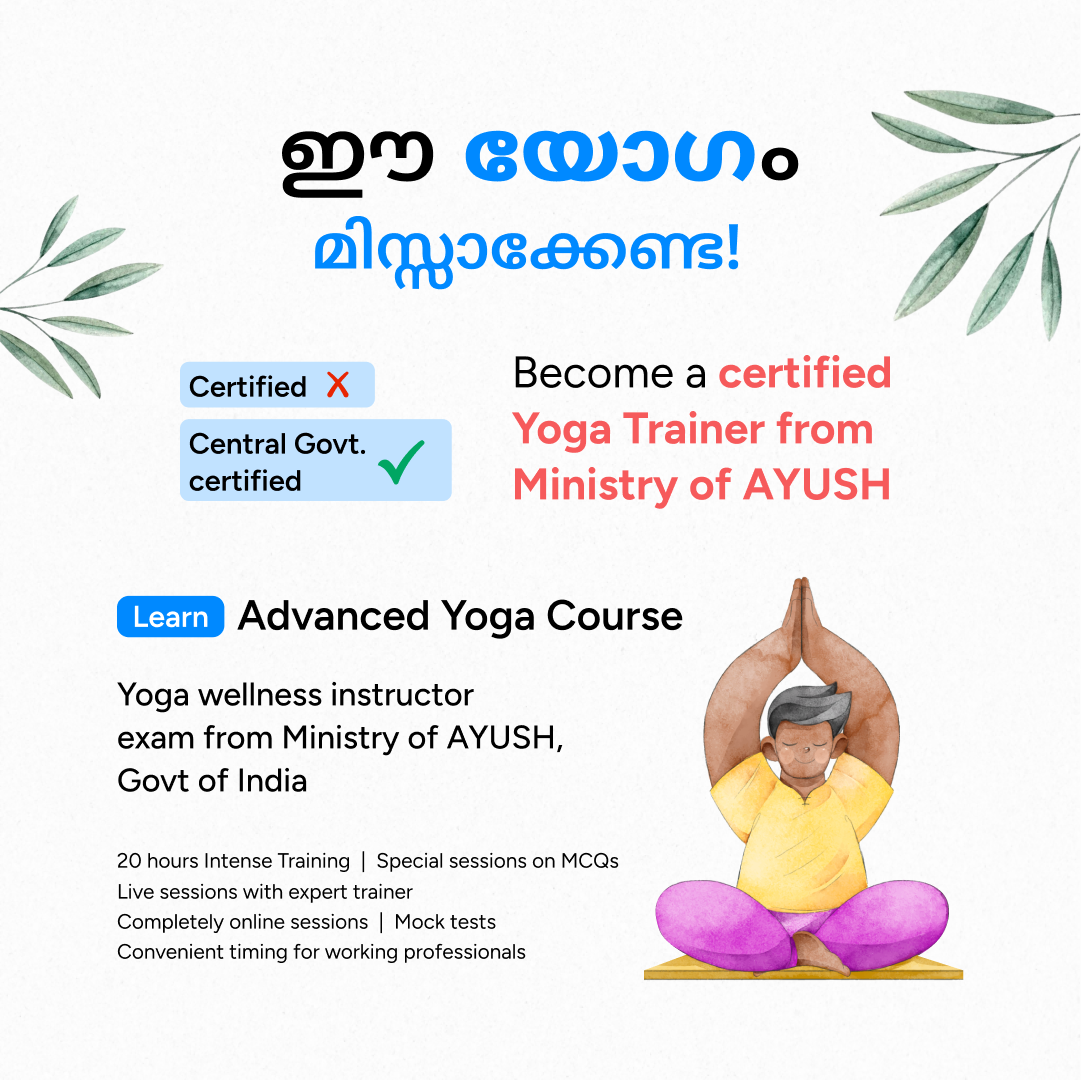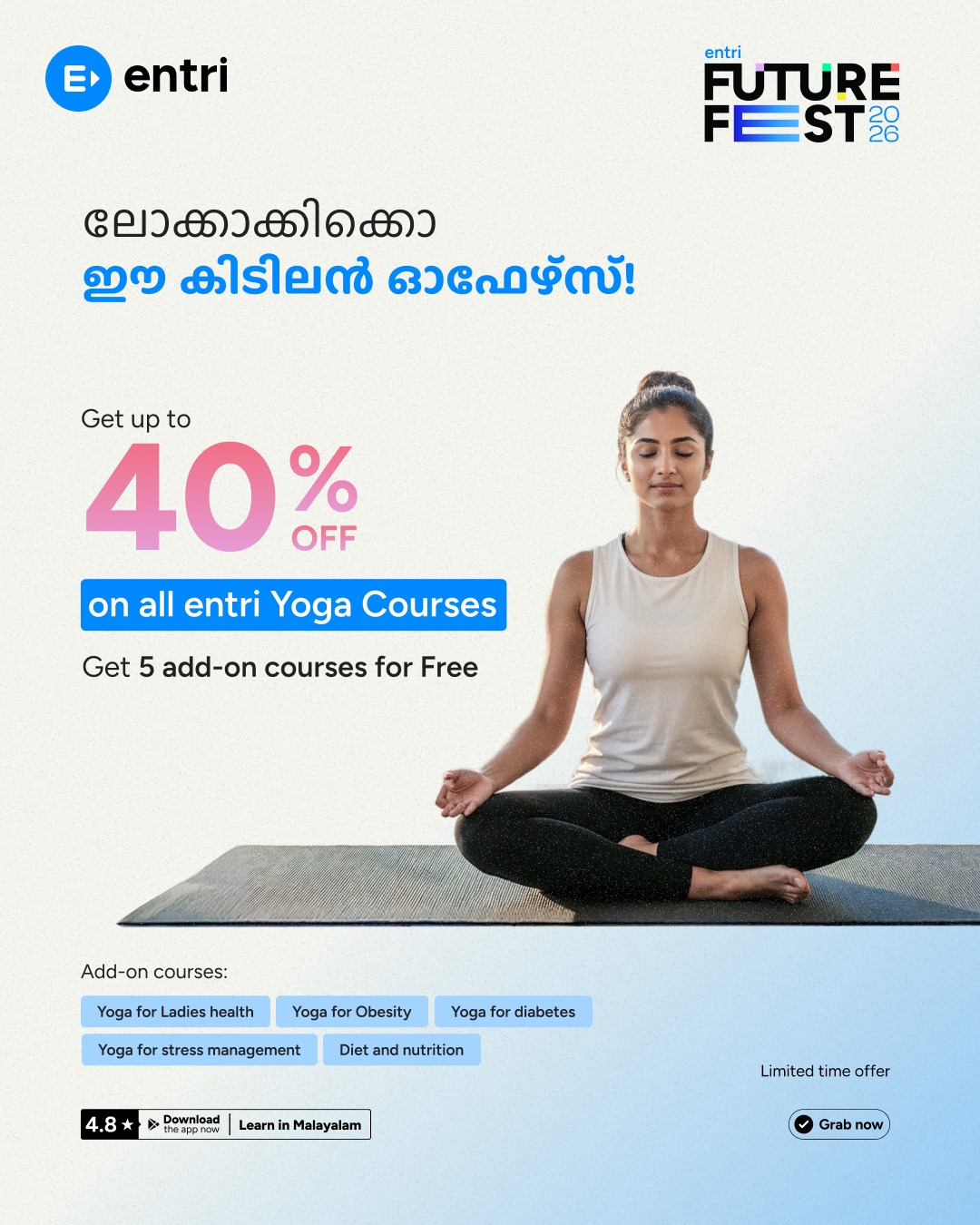Table of Contents
Being a yoga teacher comes with great responsibility, except for mere positions of positions. Be becoming a teacher is a transforming and stunning resolution that allows you to give you the treasure of ancient yoga art to others. The “Yoga teacher” is someone who is responsible for the spread of yogi wisdom and for becoming a certified yoga instructor who participates in yoga training, if he is the first step. Ytt, as is often called, is designed to provide the tools needed to teach others about the ancient practice of yoga, teach you to provide your students with great life necesons and train you to become a refined instructor.
Yoga itself is not only physical practice, but also lifestyle lived from the mat. For many students, the connection with the teacher is the necessary medium to present this kind of life. To successfully teach yoga, these proposed teaching tips should be followed.
Master the art of Yoga from Entri, Enroll now!
How to Give Effective Instructions in Yoga
1. Keep Yourself Balanced
As a yoga teacher, the remaining balanced and patient is emotionally, physically and mentally necessary. This allows your students to rely on your learning consistently from week to week, every day and vice versa. Although we try to find a balance in certain attitudes on the mat, there is a certain balance that exceeds your assania practice. Emotional and mental balance will help you remain positive, sensitive and capable of creating a deep connection with you and others. This allows you to remain present at the moment and feel more focused. This also greatly affects your teaching skills because you get more experience because it makes you more humble and accessible.
2. Demonstrate And Explain In Detail
Successful yoga teachers suggest a complex class by building thoughtful sequences and clearly supplying them to their students. This is not only about asanas, but also the corresponding breath and the anatomical break -up of the body and the message for every pose. In addition, always take every opportunity to present in your teaching, whether watching your students and offering modifications, giving anatomical allusions or opening experiences relevant to your topic, etc.
3. Incorporate The Art Of Breathing
Breath is the most important aspect of any yoga practice. By bringing conscious awareness of breath, we activate the inner change of deep level and bring balance to the body and mind. A key part of your class should be conscious breathing practice, otherwise known as Pranayama, which is incorporated during meditation and asanic segments. By introducing this students you can help them learn Pranayama techniques and encourage them to practice it from the mat. This will eventually help your students improve concentration, build focus and strengthen their practice asan.
4. Design Your Class Around Your Students
Design your class around your students Even after the completion of Ytt, there may be moments as a new teacher where a certain type of student who does not expect. This could include a pregnant woman, a beginner of yoga, someone with special injuries, etc. Investing time in accepting workshops or continuing educational programs will help you with certainty when this individual enters your studies. These classes or programs will help you know what adjustments or modifications are ideal in every unique situation. It will also help you design a well -rounded sequence that includes different positions for flexibility, balance, reliefs of stress, muscle strengthening, etc.
This type of sequence should include a mixture of warm -up positions, standing positions, reversals, inversions, backbends, bending poses, closing positions and of course savasana. Also consider the level of students and build accordingly. Then be sure to add a dash of your own unique style, whether it is through music or sharing a personal story in relation to your topic.
Master the art of Yoga from Entri, Enroll now!
5. Engage In Effortless Communication
Yoga teaching requires you to be a great communicator. It is important to think about the ways to solve your class, whether we speak in a tone that everyone hears or wrap your words to be well understood. This can take practice and not always happen overnight, so practice teaching to your friends, family or collaborators! Finally, you get to the place where your communication seems unadorned and effortless.
6. Commit Fully To Your Own Practice
To commit to your own practice Self practice is something that distinguishes a good teacher from a big one. You want to keep space for an amazing yoga class, it is essential to invest time in your own practice. Internal work and fully committed to its own practice, which encourages you to grow in its teaching. The more you show integrity on your yoga way, the more authentic you will be for your students. Self-practice will help you to connect internally and believe in yourself. And remember that people will believe and believe in you when you start trusting yourself, and giving time your own practice is the best way to achieve this level of self -confidence.
7. Always Keep Learning And Continue To Evolve
Always continue learning and continue to develop Life never stops teaching us, on and off the mat. As a yoga teacher, do not stop being a student, no matter how you have become experience. You want to bring excitement to your practice and be more innovative with your teachings, continue education, be it workshops, retreats or training.
Yoga teachers have the ability to be the main light for their students by introducing them to self -confidence, self -confidence and connection of mind and body. Follow these tips and your teaching will be one that resonates with students for the coming years.
Conclusion
1: Which of these is the primary goal of yoga practice?
Ideas and concepts need to be raised. Instead of feeling that you have to come up with new ideas and rush them to the studio, make a mental or physical remark about any new inspiration and then wait. Let your life and exercise gradually build a fabric behind your teaching.
As we grow, teaching becomes less about planning and more about preparation, which is a finer approach. Real preparation means staying alert and open when we do not teach. If we can live as a student and a teacher at the same time, we can find more class material than we could ever use.
Master the art of Yoga from Entri, Enroll now!
So we hope that our list of tips for yoga teachers has given you some ideas and inspiration, as you can improve your classes! If you feel inspired and no longer register why not register into our Entri Course
Become a Certified Yoga Instructor
Yoga Teacher Training Course by Entri App: Master authentic yoga techniques, earn certification, and build a successful career as a professional yoga instructor.
Join Now!Frequently Asked Questions
What do you say when teaching a yoga class?
Which is the best method for teaching of yoga?
Demonstrations are the most effective method for the development of skills. Practicing yoga asana, reading yoga philosophy, practicing meditation, and pranayama should be part of your daily rituals. A lecture should be stimulating, interesting, and motivating to the student.
How do you give yoga instructions?
When you know your postures and sequences intimately, you can model them to your class. Show them what the asana should look like when done right. Use your yoga teachers training to find the right words to convey the important details of the pose. The class will mimic you and pay attention to what you emphasize.


























